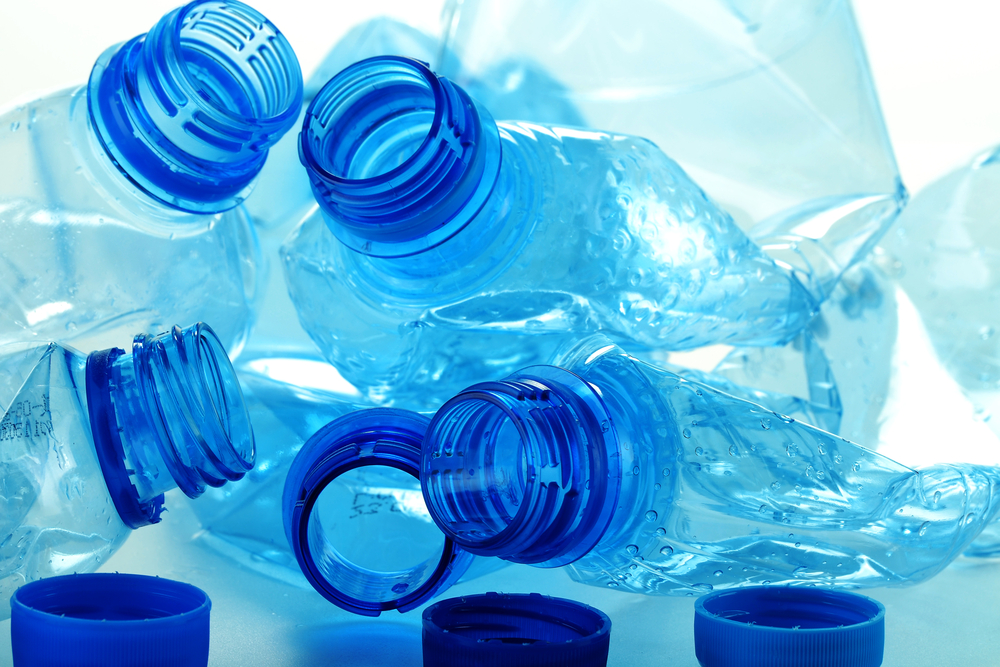
When it comes to recycling plastics, you may be wondering why some plastics can be recycled and others cannot. The reality is that even some containers containing the recycling symbol on the bottom will not actually be recycled, despite the fact that they are technically recyclable. This is because that symbol is actually a resin identification code, which is used to help sort the different types of plastics. If there is no demand for that particular type of plastic, however, it is not likely to be recycled. In fact, there are a variety of reasons why some plastic items may not be eligible for recycling. Here are some of the reasons why some containers will be recycled while other will not.
Considering the Demand
Most Material Recovery Facilities (MRFs) sort plastic containers according to the identification code. This is done to ensure the items are placed in the proper bin with other containers with the same resin. In short, the first thing that is used to determine whether or not the container will be recycled is the type of resin that it is made from. The shape of the container is also considered when determining recyclability. This is because both of these factors affect whether or not there is a market demand for that particular product. If there is no demand for that particular type of recycled product, it will be disposed of in another way.
Preparing Recyclable Goods
Once the plastics have been sorted, the MRF bales the materials to sell. The MRF can command a higher price for the bales depending upon the quality of the product. “Quality” is determined by the purity. In other words, the more consistently it contains only one kind of resin, the more valuable it is. This means the MRF wants to take whatever steps necessary to ensure there is as little contamination in the product as possible. At the same time, they want to invest as little time as possible in the actual process of sorting the plactics. Since the products are typically hand sorted and because the MRF wants to use its employees and time as efficiently as possible, certain products may be tossed without a great deal of inspection to determine the identification code.
Water bottles and clear narrow-neck bottles used for soda are almost always made from PETE, which is the most commonly requested plactic material, so those items are likely to be kept and baled. Most MRFs will not keep odd-shaped containers, such as those that hold spinach and mixed greens, because there are many similarly-shaped products that are not made from PETE and inspecting each of these containers is too time consuming.
Since the ultimate recyclability of plastics is based on market demand for recycled products made from that particular type of plastic, you can help increase the amount of plastic this is recycled by purchasing products made from recycled plastics. The greater the demand for a wider variety of recycled plastic products, the more incentive MRFs have to invest in more effective sorting equipment and to bale all types of plastics.